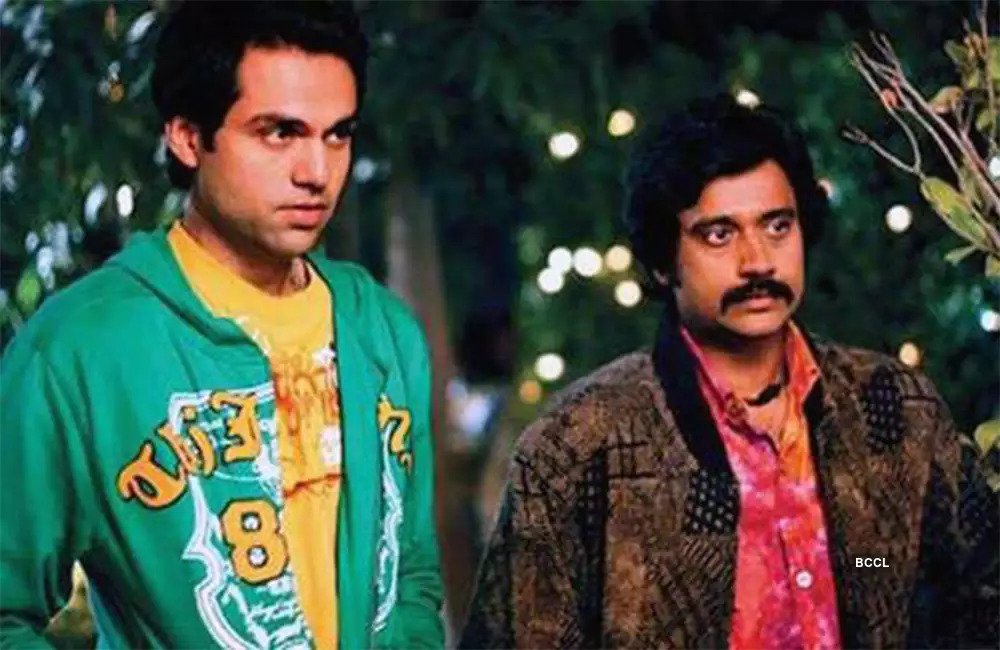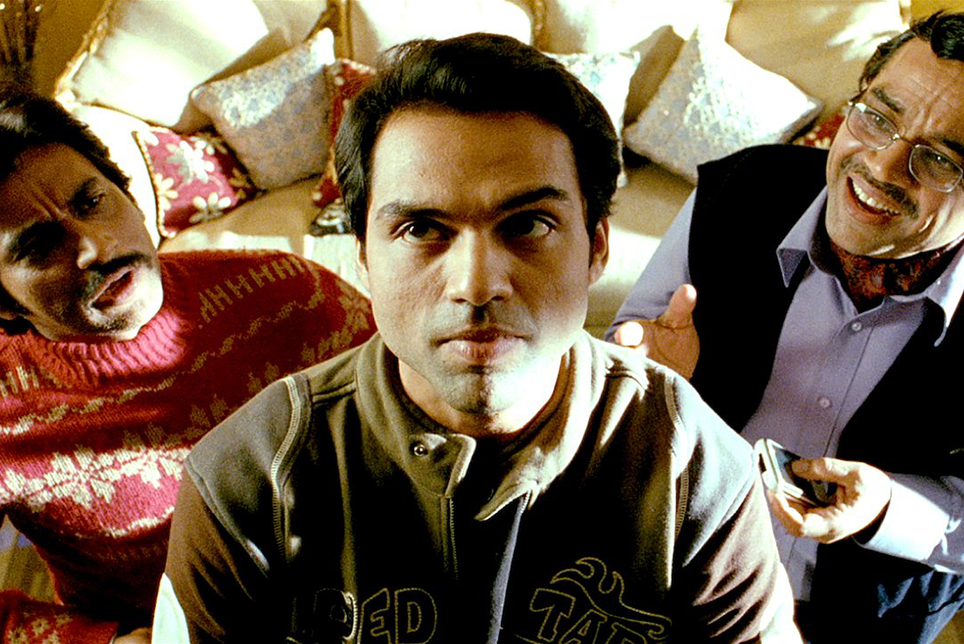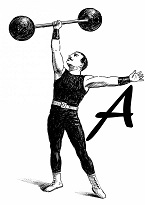There are few Indian directors who can pull a story from their own culture and society in every artistic and unconventional way possible. Dibakar Banerjee is one of them. His 2008 directorial venture “Oye Lucky! Lucky Oye!” is such a film, which reflects dense yet relatable topics like typical Indian middle-class mentalities, class differences, and consumerism.
The comedy deals with the story of Lucky, a thief from Delhi who steals various items like cars, clothes, jewelry, VCRs, furniture, TVs, photographs, and even a dog. Inspired by the real life shenanigans of Devinder Singh aka ‘Bunty,’ Lucky is equally charming, smart, and mischievous.
From the beginning we can see how Lucky grows up in a dysfunctional family; his father is abusive towards him and also unfaithful to the family. Young Lucky has big dreams of cars and scooters, but he also wants things the classes above him already have. But his father does not buy him anything, and Lucky can’t afford them for himself. So he goes on a stealing streak to fill that void in a ‘catch me if you can’ style.
“Oye Lucky! Lucky Oye!” is a humorous and fun film, and will give you loads of laughter for sure. But, on the other hand, this film goes deeper, explaining social issues which are relatable to Indian culture. The film comments on the middle-class mentality of average Indians who shy away from thinking too big, but who yet are at the same time infatuated with the superiority of the upper class.
Lucky’s girlfriend Sonal portrays this beautifully. With confidence, she shows she has enough in her life but secretly desires more. This is shown wonderfully in a scene where she sees a group of school girls with their skirts and open hair; she feels a kind of insecurity. This feeling is showcased intelligently by actress Neetu Chandra with her expressions as she slowly unties her hair. Also, whenever Lucky requests something for her—whether it is a date or a vacation or having more money for him—she always seems reluctant at first but accepts in the end.

Also the film makes commentary on the differences between the upper and middle-class in a hilarious tone. Not only that, it also explores how people use you for their own personal gain, shown uniquely by the characters played by Paresh Rawal. He portrays three characters on-screen: Lucky’s father, Gogi Bhai, and Dr. Handa; and ironically all three characters are like a father figure to Lucky. He trusts them and respects them. He tries to find their love in every possible way, but it always ends with their unfaithfulness towards him.
The actors in “Oye Lucky! Lucky Oye!” have done a great job with their particular roles. Abhay Deol as Lucky is charismatic, funny, and mischievous. He portrays both the reckless and the vulnerable sides of the character in a subtle way that makes you fall in love with him. Manu Rishi as Bangali, Lucky’s sidekick, also gives a beautiful performance. His comic timing is just amazing. I think this character deserves a stand-alone film of his own. Also, the music of Sneha Khanwalkar pulls out the right emotions and gives insights into the film’s main character, Lucky.
After taking us on a mad ride for two hours, we still want more from it. Although the actions of the characters sometimes feel repetitive, it’s a unique take on looking at important matters in an unconventional way. In summary, with its blend of satire and comedy, this film is a sneak peak into Indian culture and society.


